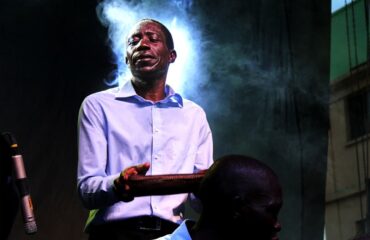
We are all naturally creative, whether it is through the stories we tell, the jokes we tell, the songs we sing, the traditions we keep
Music school of folk and contemporary music







If you're looking for a way to quickly and easily create high-quality video clips, DaVinci Resolve templates at TakeTones.com are the perfect solution

Discover online casinos with fast payout at casinoudenomrofus.org, a premier destination for players seeking an instant withdrawal experience.

Rainbow Riches Casino promo code allows you to get 30 free spins on Rainbow Riches slot. Registration takes only 2 minutes and in a moment you will be spinning your favorite slot!

Your usual slots sites feeling stale? Mix it up and unleash your playful side exploring slots not on Gamstop.

Our company Rich And 2Mi has prepared a plan of solfege lessons for Roku Casino team members with the support of Portuguese philanthropist and gambling expert Filipe Pinhão. We are sincerely grateful for the support of our partners!

Aviator Crash on Spribe's Official Website: Earn bonuses, uncover expert tips, and study reviews to become a game master. Join us today!

Immerse yourself in the vibrant realm of brand new slot sites, promising unparalleled gaming excitement. Discover the newest innovations in slot gaming and revel in a world free from limitations.

The onlinecasinoosusume.jp team conducts real interviews with casino support staff and thorough independent research to recommend the best online casinos in Japan.

Explore the harmony of traditional folk music and the playful excitement of Fortune Rabbit Casino, where the rhythms of music and the thrill of gaming intertwine for a captivating experience.

Looking for non-stop action and endless thrills? Dive into the heart of the action at a casino without a Swedish license, and get ready to ride the waves of fortune! Check out the ultimate gaming destination at https://utansvensklicens.casino/ - where the stakes are high, and the winnings are even higher!

Discover the top betting apps in India at MyBettingApps.in! This platform offers a curated selection of the finest betting apps, ensuring a seamless and exciting betting experience.

For those eager to access their winnings promptly, casinos with the "raskest utbetaling" (fastest payout) feature are ideal. They ensure that players' withdrawals are processed swiftly, making funds available in no time.

With a skilled team of experienced academic ghostwriters, WissPro is ready to assist you with a wide range of academic projects, including theses, dissertations, term papers, and presentations.